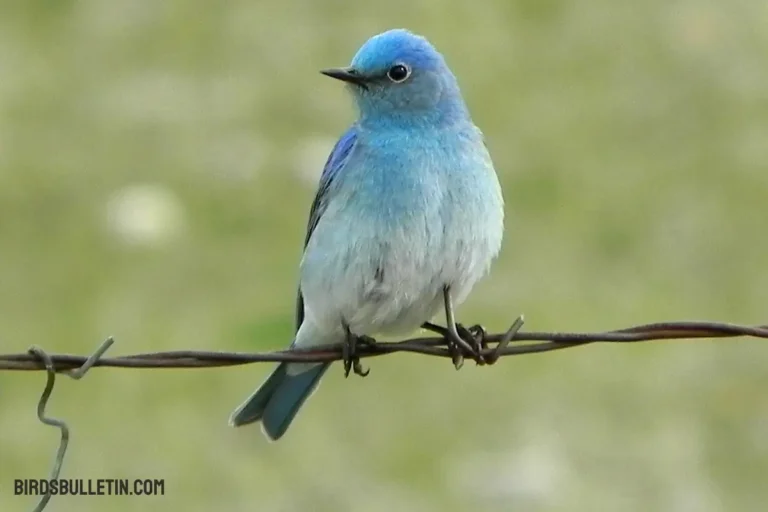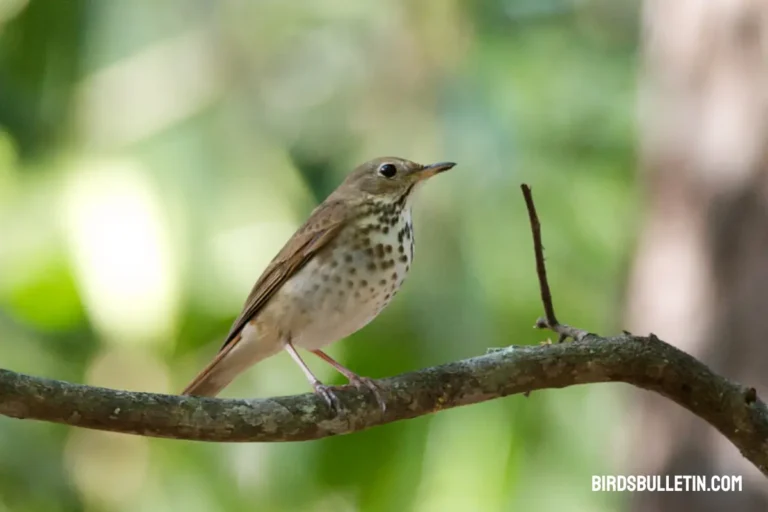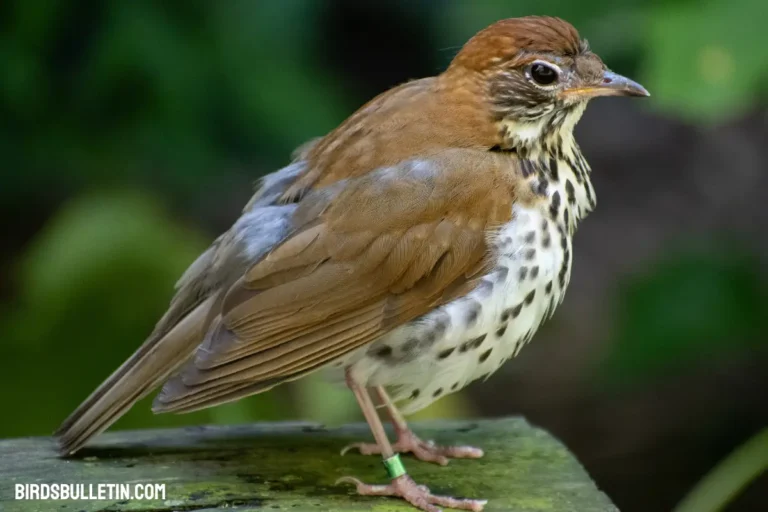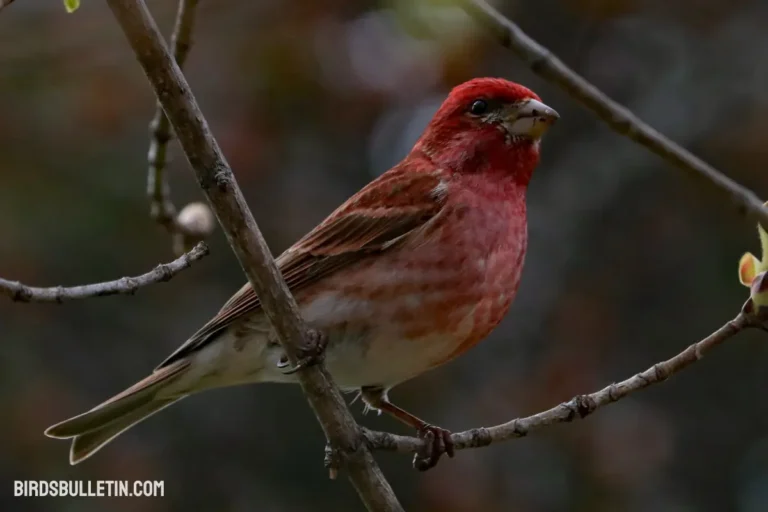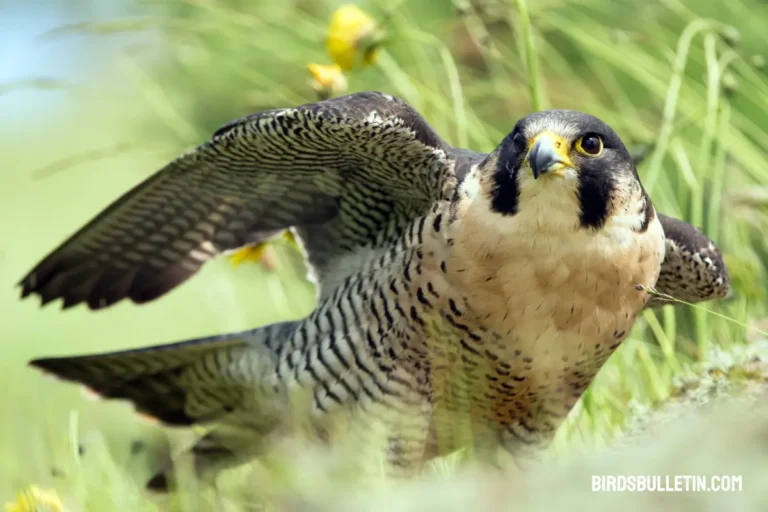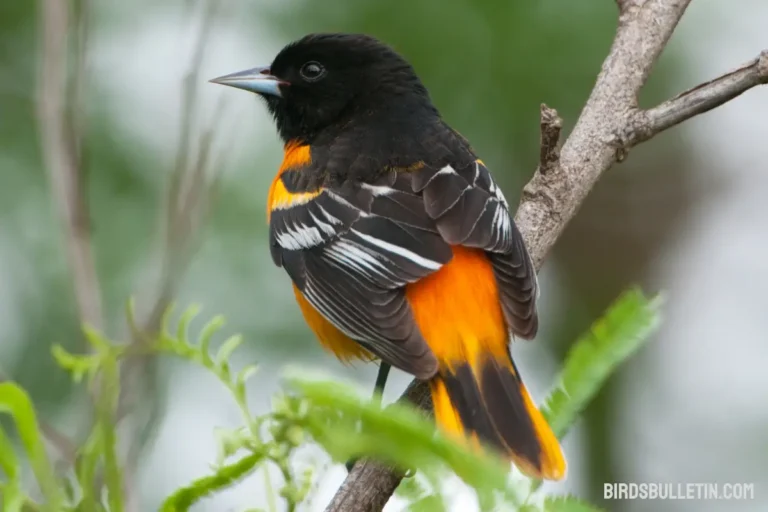Mariana Fruit-Dove (Islands): Identification And More
The Mariana fruit dove (Ptilinopus roseicapilla) is a brightly colored, medium-sized member of the pigeon and dove family named for its restricted range within the Mariana Islands archipelago.
With its vibrant plumage and key role in island ecosystems, this endemic bird has become an important cultural and ecological symbol across its island homes.
Want to learn more about Birds Overview
Identification
Here is a step-by-step guide to help you identify the Mariana Fruit Dove:
1. Size and Shape
- The Mariana Fruit Dove is a small bird, measuring about 8 to 10 inches (20 to 25 centimeters) in length.
- It has a compact and stout body with a relatively short tail.
2. Coloration
- The overall coloration of the Mariana Fruit Dove is striking. Adult males and females have different plumage.
- Adult males typically have a bright green head, neck, and upperparts. The forehead and face may have a reddish-pink color.
- The breast and belly are usually a paler green, and the vent area can be yellowish.
- Adult females, on the other hand, tend to have more subdued colors, with a greenish-gray overall appearance.
3. Head Features
- The head of the male Mariana Fruit Dove is particularly distinctive. Look for the bright green coloration and, in some cases, a reddish-pink forehead and face.
- Females have a more understated greenish-gray head.
4. Bill and Eye
- The bill of the Mariana Fruit Dove is relatively short and stout, often with a curved tip.
- The eye is usually surrounded by a thin, contrasting ring of bare skin, which can be a different color depending on the bird’s age and sex.
5. Voice
- While visual identification is crucial, the Mariana Fruit Dove also has a distinctive call. It’s a soft, melodious cooing sound.
Mariana Fruit Dove Profile
| Characteristic | |
|---|---|
| Scientific Name | Ptilinopus roseicapilla |
| Alternative Names | Rosy-capped fruit-dove |
| Color | Green body, orange-pink head and undertail |
| Size | 24 cm |
| Wingspan | On avarage14 inches |
| Weight | 90 g |
| Lifespan | 20 years |
| Breeding Season | Year-round, with peak breeding April-July |
| Eggs Laid | Usually lays one egg |
| Diet / Prey | Fruits, figs, berries, some seeds and insects |
| Threats and Predators | Predation by snakes and rats; habitat loss from human activity |
| Locations | Mariana Islands (Guam, Saipan, Tinian, Rota, Sarigan.) |
State Bird and Symbol
The Mariana fruit dove is the official territorial bird of Guam and the official bird of the Commonwealth of the Northern Mariana Islands (CNMI), representing its cultural and ecological ties to the islands.
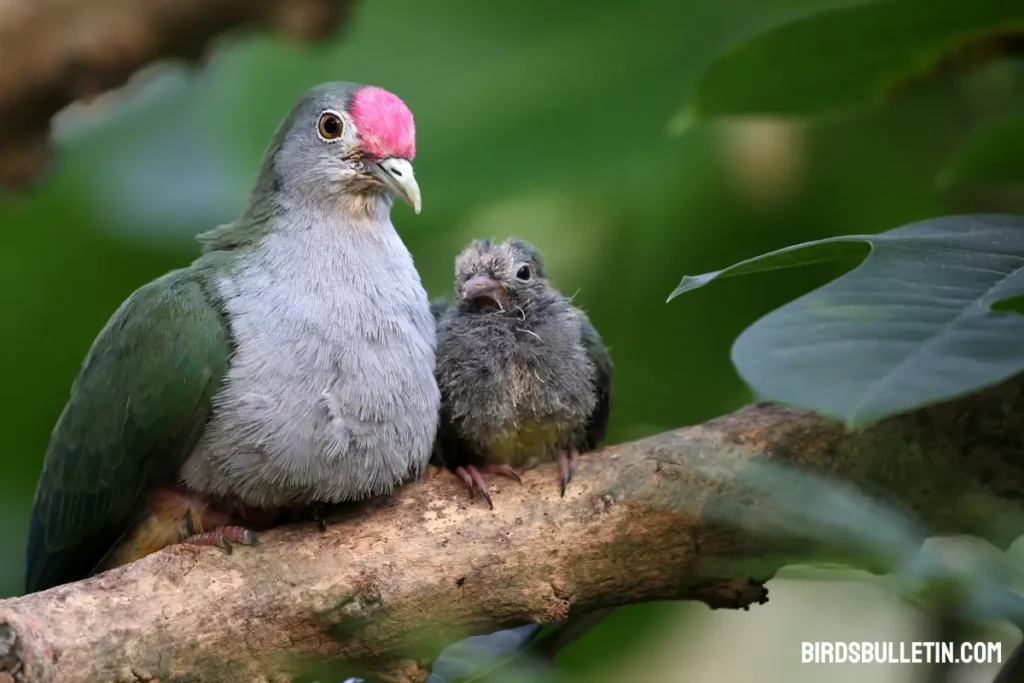
Its image appears on the seals of the CNMI government and the Northern Mariana Islands Department of Fish & Wildlife.
Subspecies
Previously, the Mariana Fruit Dove (Ptilinopus roseicapilla) was not considered to have any distinct subspecies.
However, taxonomic classifications remain fluid and can be revised based on new research and discoveries.
Nesting Habits
Mariana fruit doves construct flimsy nests of twigs and vines in trees, laying a single white egg. Parents take turns incubating the egg over 13-15 days until hatching, and both feed the chick regurgitated fruit pulp in the nest for another 15-16 days until fledging.
Population
Surveys were done between 2007-2012. From these surveys, the total population of the bird is estimated to be 16,230. Of this total, 9,723 birds were estimated to live on Saipan. Another 2,269 birds were estimated on Tinian.
There is some uncertainty about the actual numbers. Taking this into account, the total number of mature birds is estimated to be between 7,500-12,500. The best single estimate is around 10,000 mature individuals.
Migration
- The Mariana fruit dove is a colorful fruit dove endemic to the Mariana Islands in the western Pacific Ocean. Its natural habitat is tropical forests.
- The Mariana fruit dove does not actually migrate. It is a non-migratory resident species that stays on the islands all year round.
- However, it will move around between the islands. Populations on different islands show some genetic differentiation, indicating they don’t have much gene flow or interbreeding between islands.
- The species as a whole has a very restricted range, found only on a few islands. This makes it vulnerable, as its entire global population could potentially be impacted by threats to its limited habitat.
- Major threats to the Mariana fruit dove are habitat loss due to deforestation and damage from typhoons. Conservation efforts focus on protecting remaining forest fragments that provide habitat.
Behavior
The Mariana fruit dove (Ptilinopus roseicapilla) is a small, colorful fruit dove endemic to the Mariana Islands in the western Pacific Ocean. Some key aspects of its behavior include:
Diet – It eats a variety of fruits and berries found in the forest canopy. Important food sources are figs and fruits of native trees like Elaeocarpus and Aglaia.
Foraging – Forages alone or in pairs, making short flights from perch to perch in search of fruit. Will also occasionally eat seeds and insects.
Breeding – Breeding season aligns with fruit abundance during the wet season. Makes a flimsy nest of sticks and lays a single white egg. Both parents incubate eggs and care for the young.
Sociality – Generally seen alone, in pairs, or small groups. Not as social as some other fruit dove species that form large flocks.
Interhuman Connection
Mariana fruit doves have an important ecological role in dispersing seeds between islands, and helping native forests regenerate.
They also pollinate plants and control insect pests. Island residents use their feathers for leis and hunting them is an integral part of Chamorro culture.
Conservation Status
Classified as Near Threatened by the IUCN due to ongoing population declines. Once also found on Rota, it was likely extirpated there by habitat destruction and hunting.
Protecting remaining native forest habitats from further development and invasive species is crucial for conservation.
Legal Protections
The Mariana fruit dove is protected under the Migratory Bird Treaty Act in Guam and the Commonwealth of the Northern Mariana Islands (CNMI) Code for Birds.
The endangered subspecies has additional protections in the CNMI, banning hunting and capturing it without a permit.
Frequently Asked Questions
01. What does the Mariana fruit-dove eat?
Mariana fruit doves primarily eat native fruits like figs and ebony, but also opportunistically forage non-native fruits, buds, seeds, and insects. Parents regurgitate fruit pulp to feed chicks in the nest.
02. Why is the Mariana fruit dove nearly threatened?
Habitat loss, hunting, and pressure from invasive species have caused population declines, especially in Guam. About 46% of the remaining habitat is threatened by development. Hunting coupled with low reproductive rates inhibits recovery.
03. Where can I see the Mariana fruit dove?
The best locations are on forested islands across the Marianas with native fruit trees, including Saipan, Tinian, and Alamagan in the CNMI, and some conservation areas on Guam.
Final Word
As the boldly colored endemic bird emblematic of the Mariana archipelago, protecting forest habitats so the Mariana fruit-dove can continue dispersing seeds between islands is critical for preserving these unique island ecosystems.
References
- Buden, D. W., Lynch, D., & McInerney, A. (2001). Terrestrial vertebrates of the Mariana Islands. Micronesica, 203-244.
- Jenkins, J. M. (1983). The native forest birds of Guam. Ornithological Monographs, 1-61.
- Steadman, D. W. (1999). The prehistory of vertebrates, especially birds, on Tinian, Aguiguan, and Rota, Northern Mariana Islands. Journal of Archaeological Science, 26(3), 319-345.


